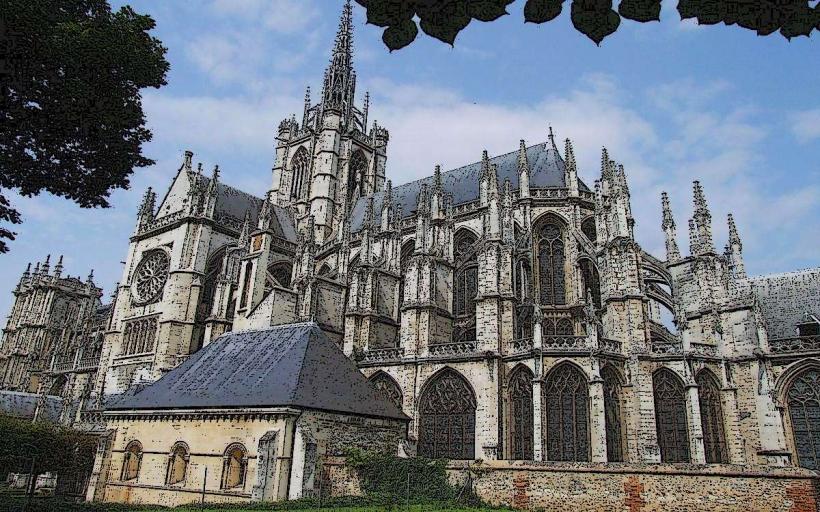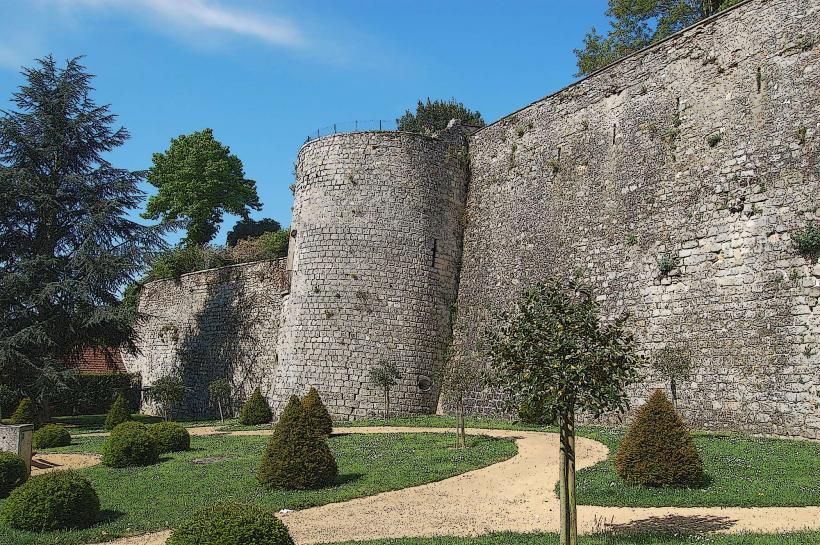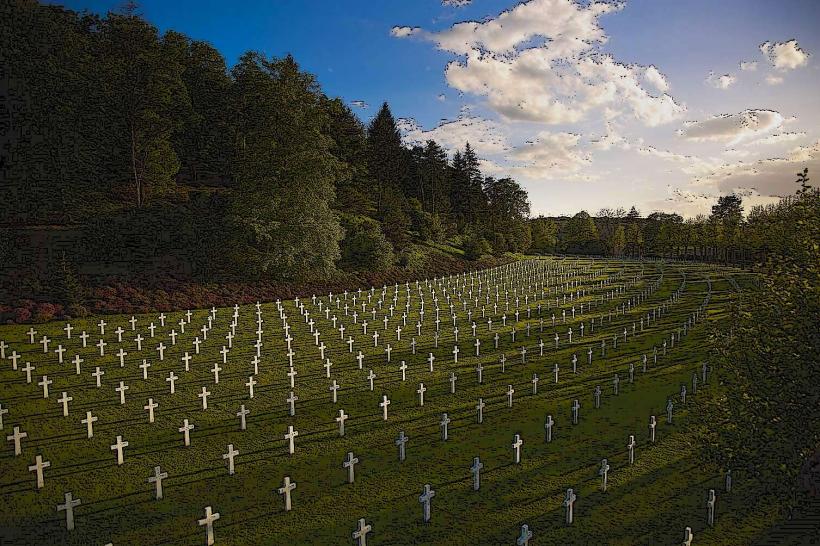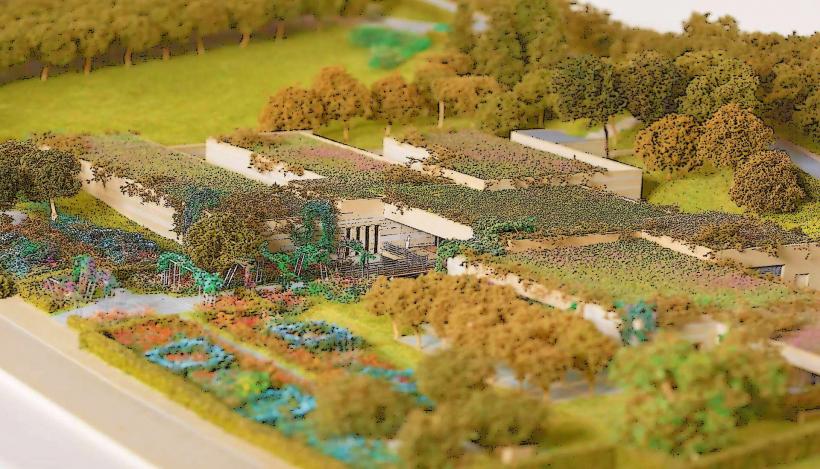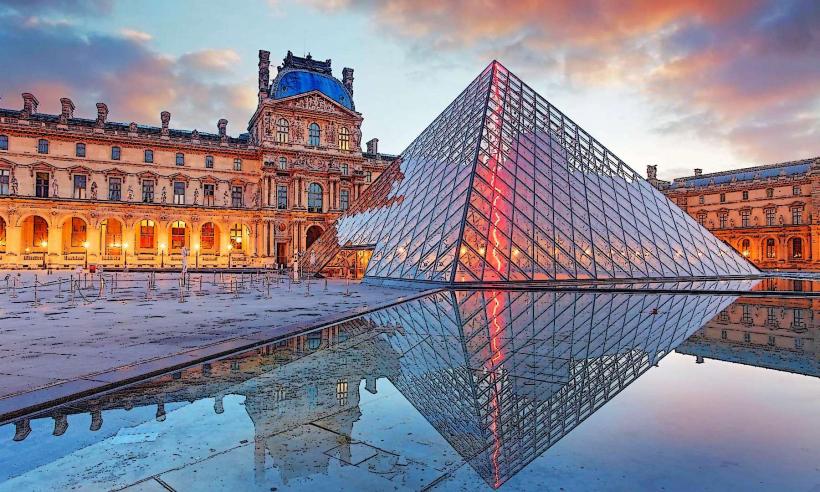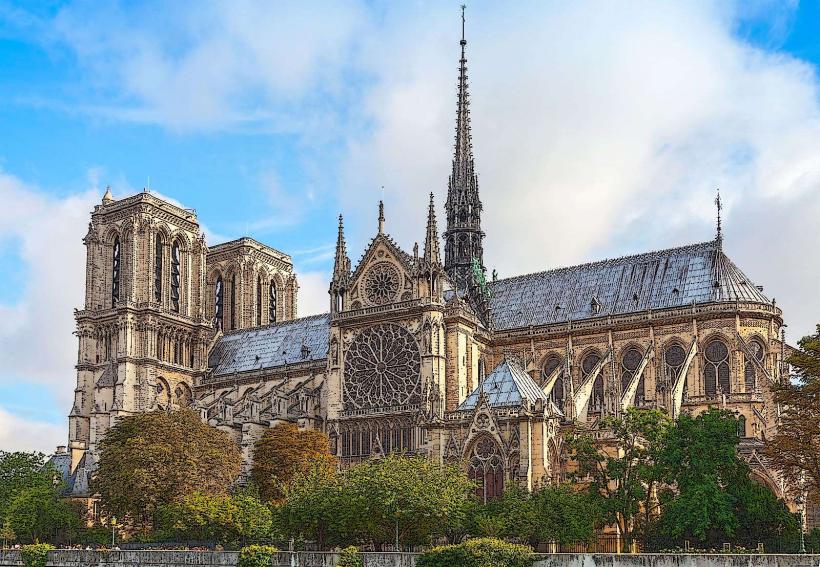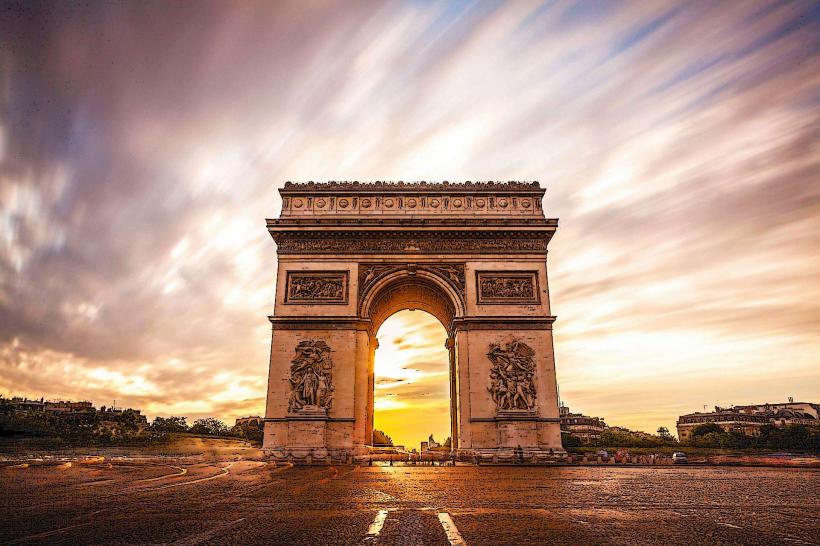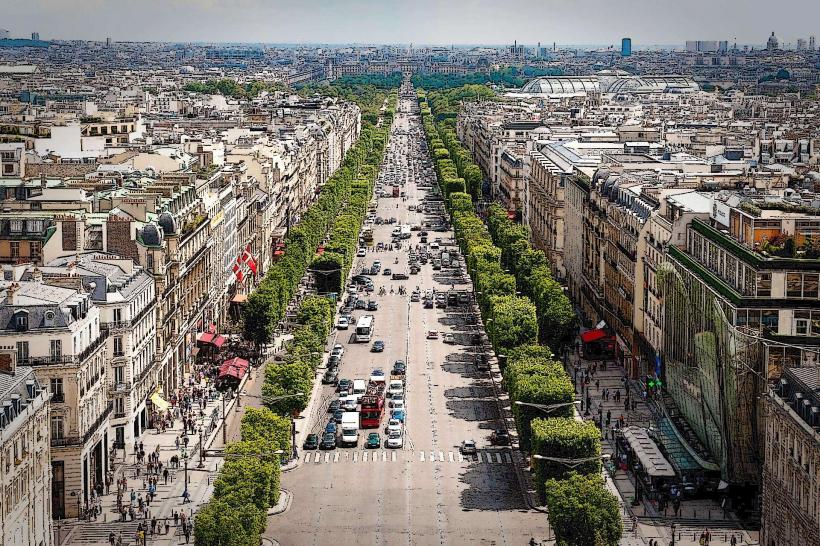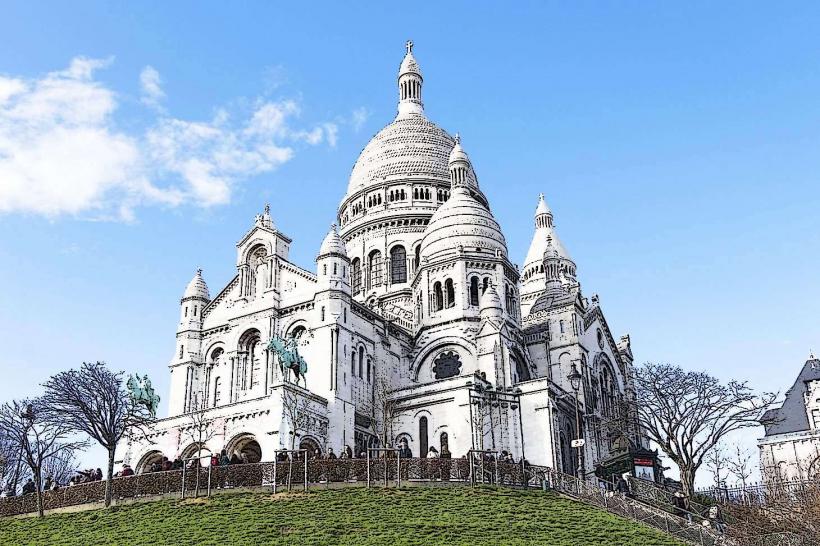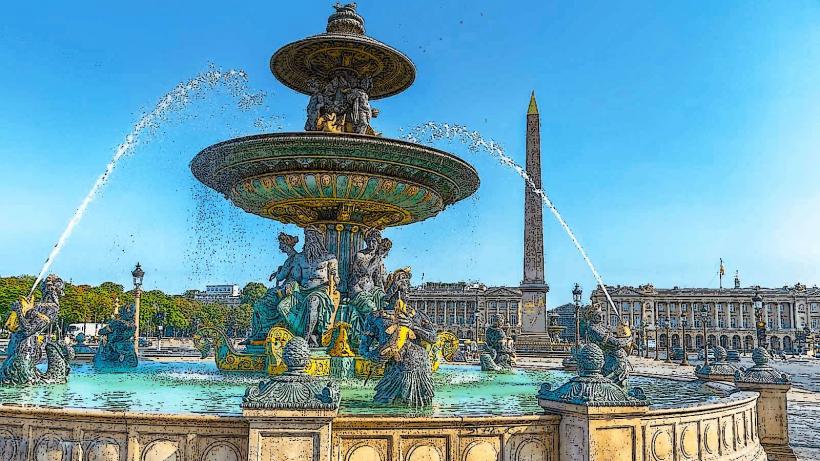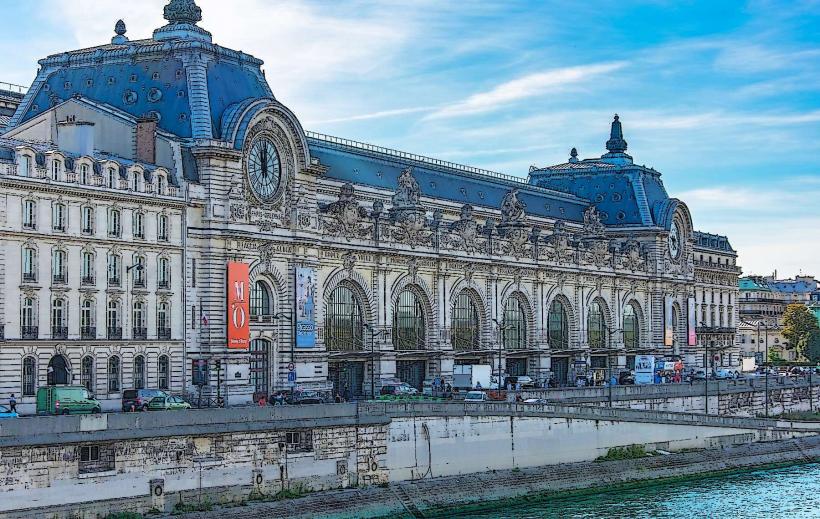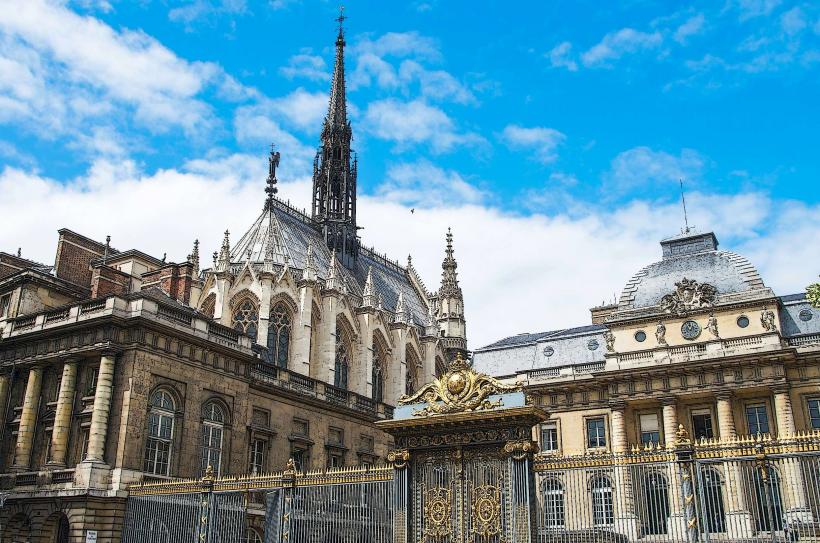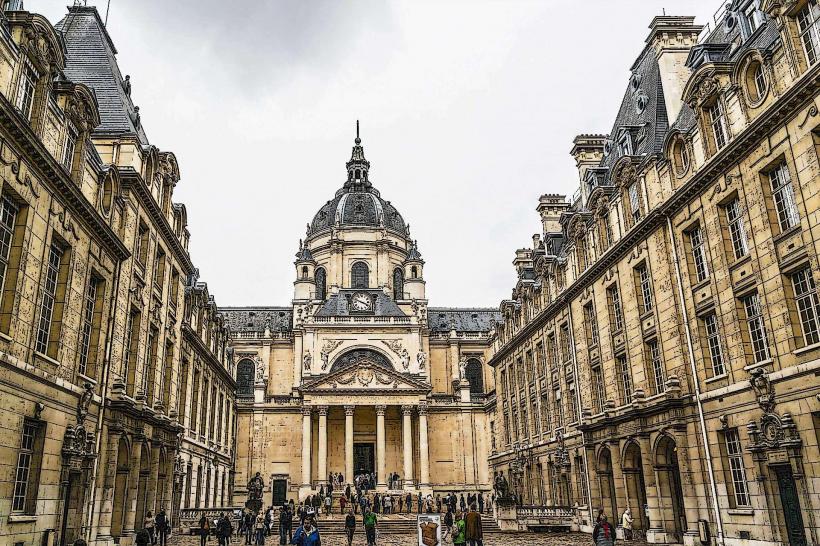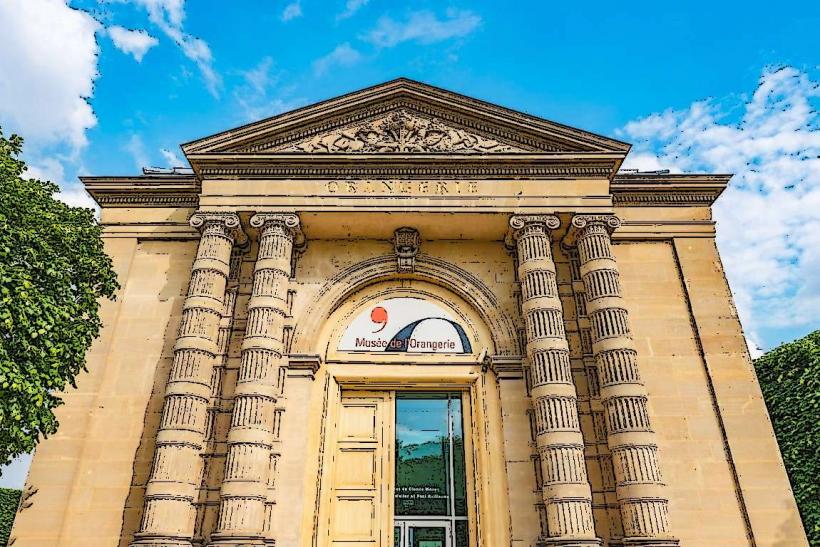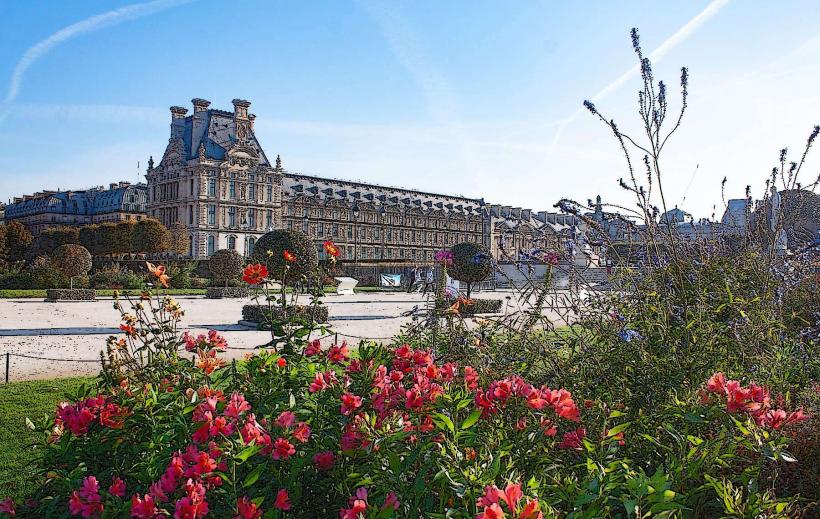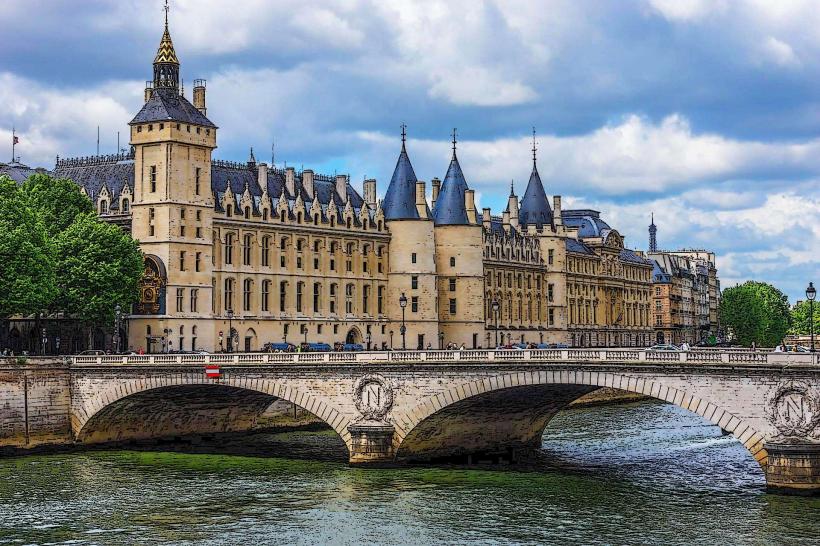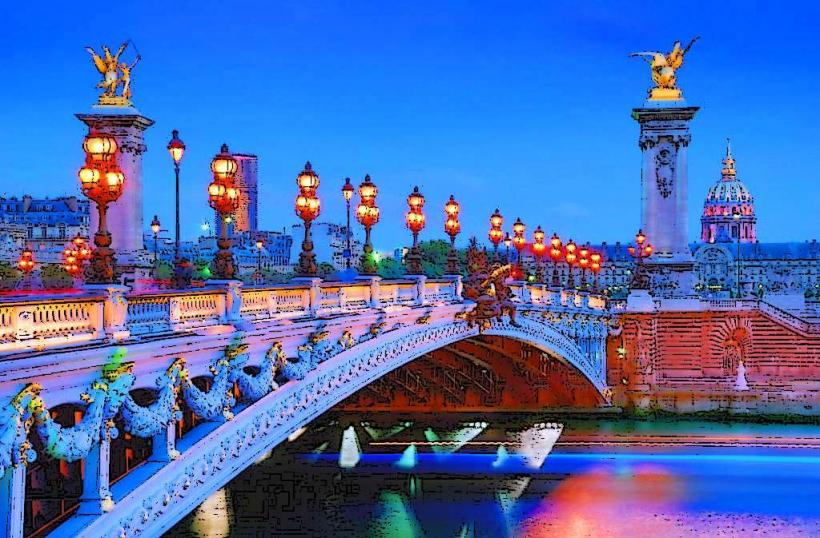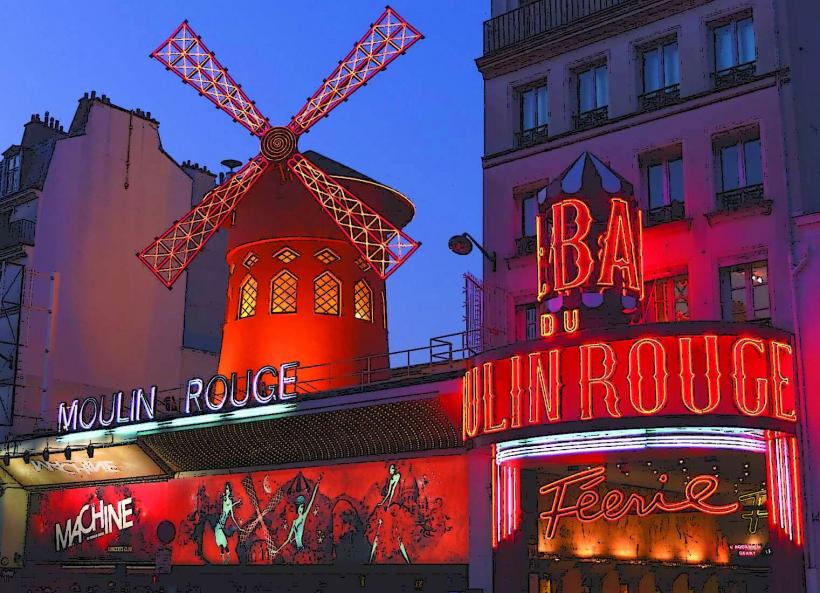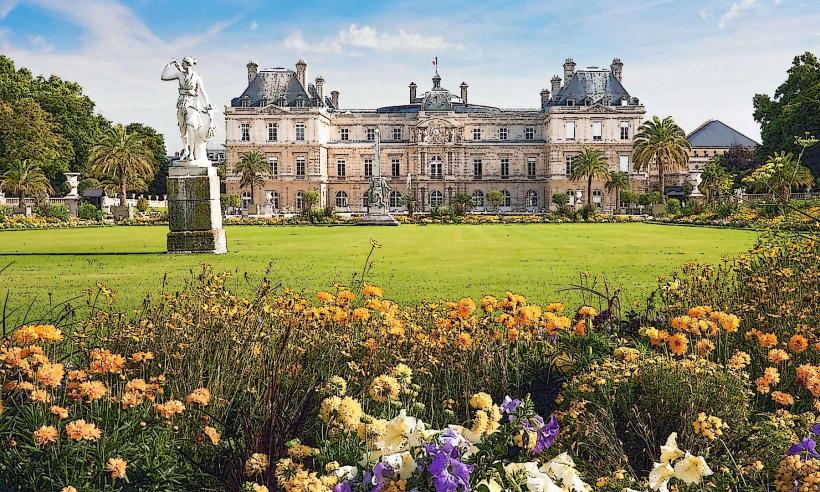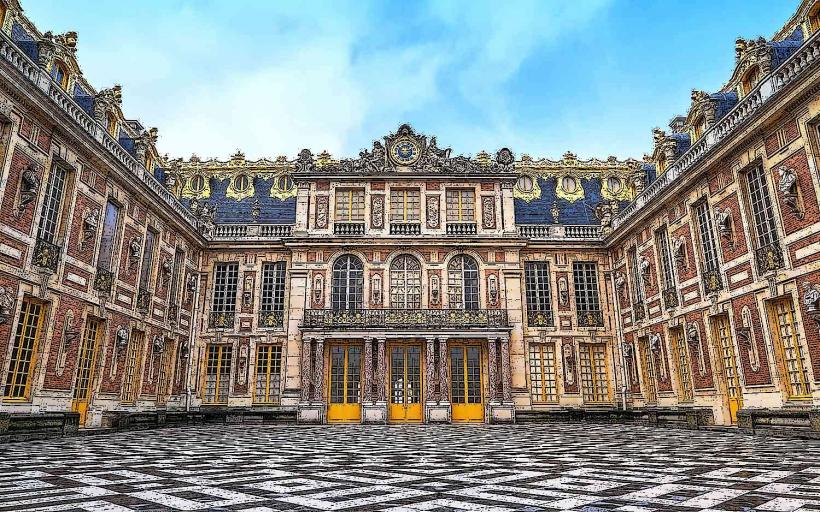Information
Landmark: Sacre Coeur BasilicaCity: Paris
Country: France
Continent: Europe
The Sacré-Cœur Basilica (Basilique du Sacré-Cœur de Montmartre) is a landmark church located in the Montmartre district of Paris, France. Perched on Montmartre Hill, the highest point in the city, the basilica offers sweeping views of Paris and stands as one of the most iconic and beloved religious sites in the French capital. The Sacré-Cœur Basilica is renowned for its distinctive white-domed architecture and Romanesque-Byzantine style, which sets it apart from other churches in Paris.
1. History and Construction
Origins and Foundation: The idea for the Sacré-Cœur Basilica was conceived after the Franco-Prussian War of 1870-1871, in which France was defeated by Prussia and the French Third Republic was established. The war left a deep emotional and national scar, and the defeat was seen as a punishment from God by many religious figures. The basilica was built as a gesture of atonement and as a symbol of hope for the country’s recovery.
The foundation stone for the basilica was laid in 1875, and construction began under the direction of architect Paul Abadie. The project was financially supported by a national subscription, and its construction spanned several decades, with the basilica being completed in 1914.
The Name “Sacré-Cœur”: The name Sacré-Cœur translates to "Sacred Heart", referring to the religious devotion to the heart of Jesus Christ in Catholicism. The basilica was dedicated to the Sacred Heart of Jesus, symbolizing both the atonement for France’s suffering and the spiritual renewal of the nation.
Architectural Design: The Sacré-Cœur Basilica was designed in a Romanesque-Byzantine style, which was quite different from the Gothic architecture commonly found in Parisian churches, such as Notre-Dame. Its white, shimmering stone exterior, made from Château-Landon limestone, was chosen for its durability and ability to retain its bright color over time. The building’s design is marked by arched windows, multiple domes, and large towers.
The basilica’s main dome is especially distinctive. It rises to 83 meters (272 feet) and is topped with a golden statue of the Sacred Heart of Jesus, visible from many parts of the city. The second dome is the crypt, where visitors can explore the crypt church.
2. Architecture and Design Features
The Dome and Viewpoint: The basilica’s main dome is one of the most striking features of Sacré-Cœur. It is visible throughout Paris, particularly from the Place du Tertre in Montmartre, and its elevated position offers 360-degree views of the city. Visitors can reach the top of the dome by climbing 300 steps or taking an elevator for a panoramic view of Paris. On clear days, the Eiffel Tower and the Arc de Triomphe can be seen from the top.
The Interior: The interior of Sacré-Cœur is equally impressive, with its vibrant mosaics, particularly the mosaic of Christ in Majesty that covers the entire ceiling of the apse. This mosaic is one of the largest in the world and depicts Jesus Christ with outstretched arms, a symbol of divine mercy and sacred love. The colors of the mosaics are rich, and the artwork highlights Byzantine influences, with a luminous, ethereal feel.
The altar of the basilica is an important feature of the interior, as is the crypt, which houses the relics of some prominent church figures.
The Sacred Heart Statue: The golden Sacred Heart statue atop the basilica’s dome is a focal point of the structure. The statue, made of copper, was added in 1895, and it represents Jesus Christ with his Sacred Heart exposed, radiating light and compassion over the city.
The Cloisters and Gardens: Surrounding the basilica are the cloisters, peaceful gardens where visitors can relax and enjoy views of the city. The gardens are designed to complement the church's solemnity, with statues, arches, and greenery offering a tranquil space for reflection.
3. Significance and Religious Role
Atonement and National Symbol: As mentioned earlier, the Sacré-Cœur Basilica was built as an act of atonement for the suffering caused by the Franco-Prussian War and as a sign of hope for the future of France. Its construction was meant to spiritually restore France after the trauma of the war, and it became a symbol of national unity and faith.
The basilica is also a symbol of Catholic devotion, and it plays an active role in Christian worship. It serves as a place for prayer and reflection for both locals and tourists, who come to experience its spiritual atmosphere.
Pilgrimages and Religious Significance: The basilica is a popular destination for pilgrims, especially those devoted to the Sacred Heart. It has served as a pilgrimage site for many Catholics throughout the years, and its role as a place of penance and renewal continues today. The basilica is also the center of many religious activities, including masses, processions, and devotions to the Sacred Heart.
4. Visiting Sacré-Cœur Basilica
Sacré-Cœur remains one of the most visited and revered landmarks in Paris, attracting millions of visitors each year.
Visiting the Basilica: The basilica is open to visitors every day of the week, and entry is free, though donations are encouraged. Visitors can admire the interior mosaics, golden altar, and stained glass windows, which depict various biblical scenes and saints. The basilica also has a gift shop and an area where visitors can light candles for prayer.
The Esplanade and Steps: The basilica’s steps and the surrounding Esplanade du Sacré-Cœur are popular for taking in the view of Paris. The steps leading up to the basilica are a gathering place for locals and tourists alike, offering a great spot to relax and enjoy the atmosphere of Montmartre.
Climbing the Dome: As mentioned earlier, visitors can climb the steps to reach the top of the basilica’s dome. The view from the dome is one of the best in the city, and it’s a great way to see Paris from above. It’s a popular spot for photography, as the panorama stretches across the entire city.
5. The Basilica in Popular Culture
Cultural and Artistic Influence: Sacré-Cœur has had a significant impact on French culture and the arts. The Montmartre district, where the basilica is located, has historically been a hub for artists, writers, and musicians. Many famous figures, including Pablo Picasso, Henri Toulouse-Lautrec, and Vincent van Gogh, lived and worked in Montmartre, inspired by the district's bohemian atmosphere. The basilica stands as a contrast to the lively and artistic history of the area, symbolizing faith and religion in the midst of a place known for creativity.
In Film and Literature: Sacré-Cœur has been featured in numerous films, books, and artworks. It is a recurring symbol of the city and has appeared in many movies, including Amélie (2001), which showcased the charming atmosphere of Montmartre. It also appears in the works of writers like Émile Zola, who captured the spirit of the area in his novels.
6. Conclusion
The Sacré-Cœur Basilica is not just a religious monument; it is a symbol of Parisian faith, French history, and national identity. From its stunning architectural design to its spiritual significance, Sacré-Cœur offers visitors a glimpse into the soul of Paris. Whether it is through its panoramic views, Gothic-Romanesque architecture, or its deep connection to Catholic devotion, the basilica remains one of Paris' most cherished and visited landmarks, providing a serene contrast to the bustling city below.

